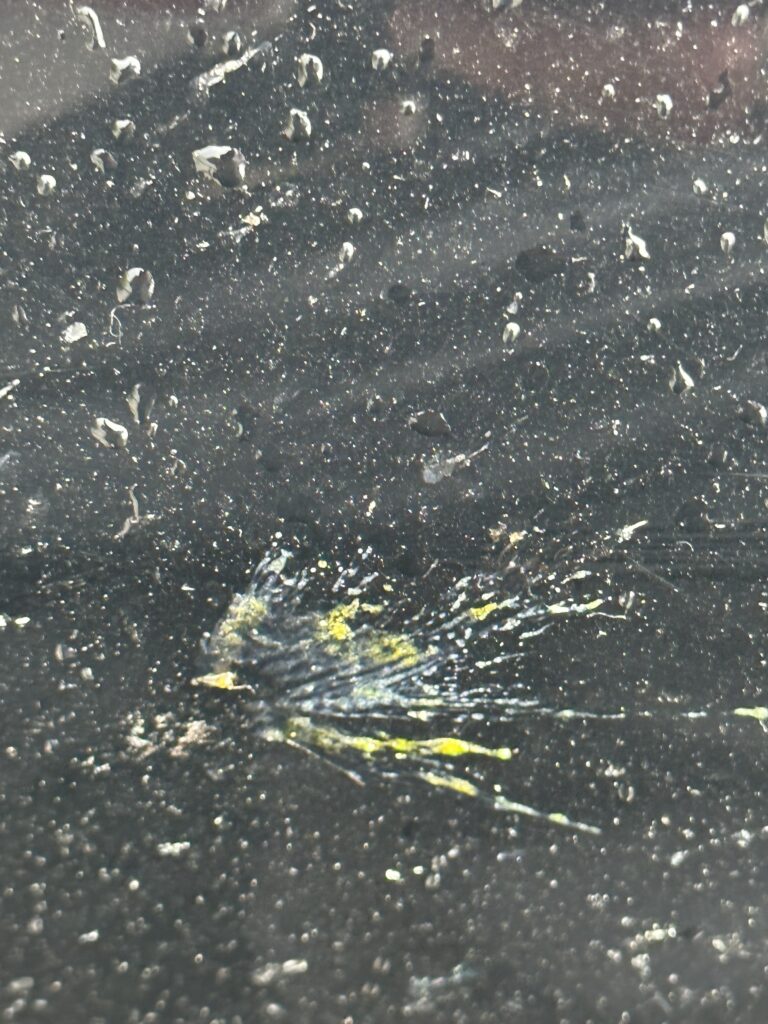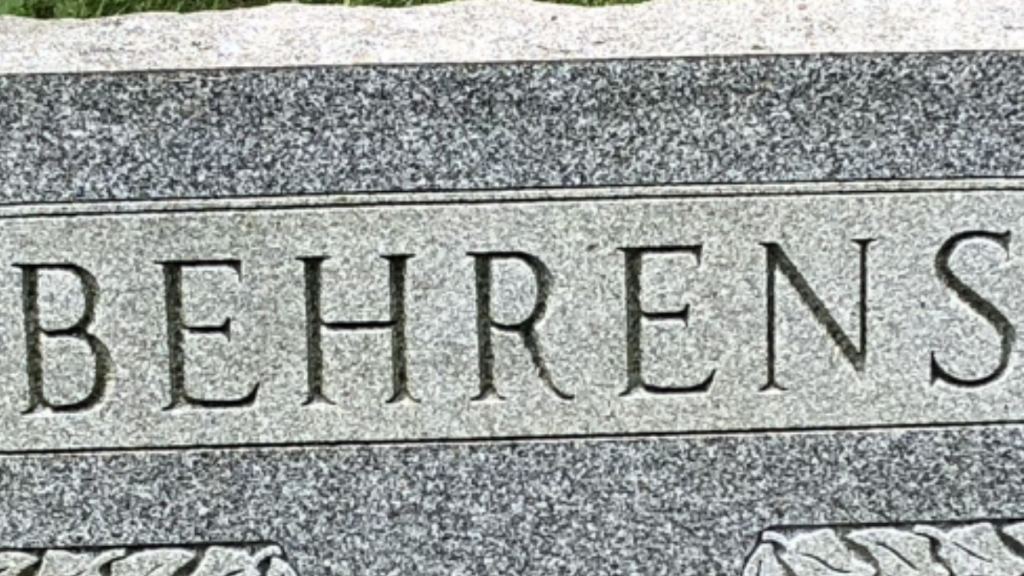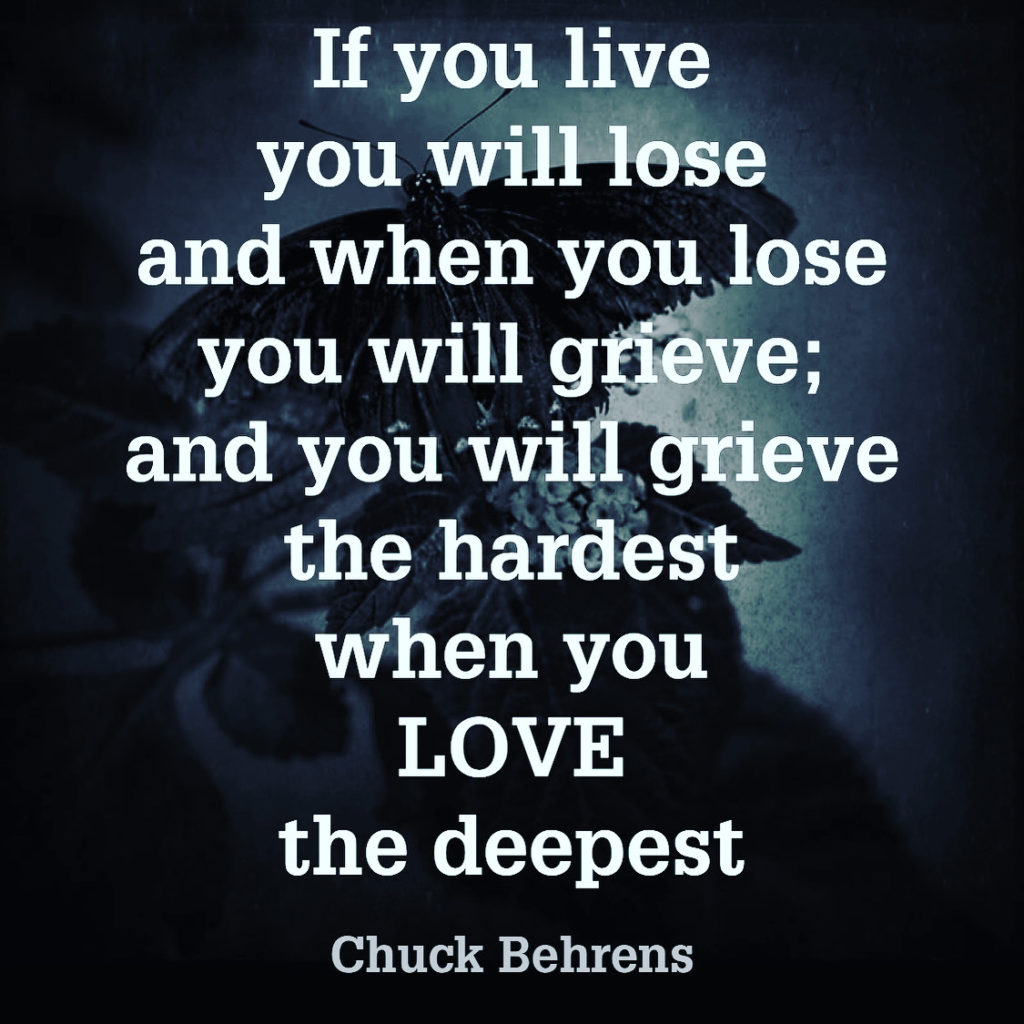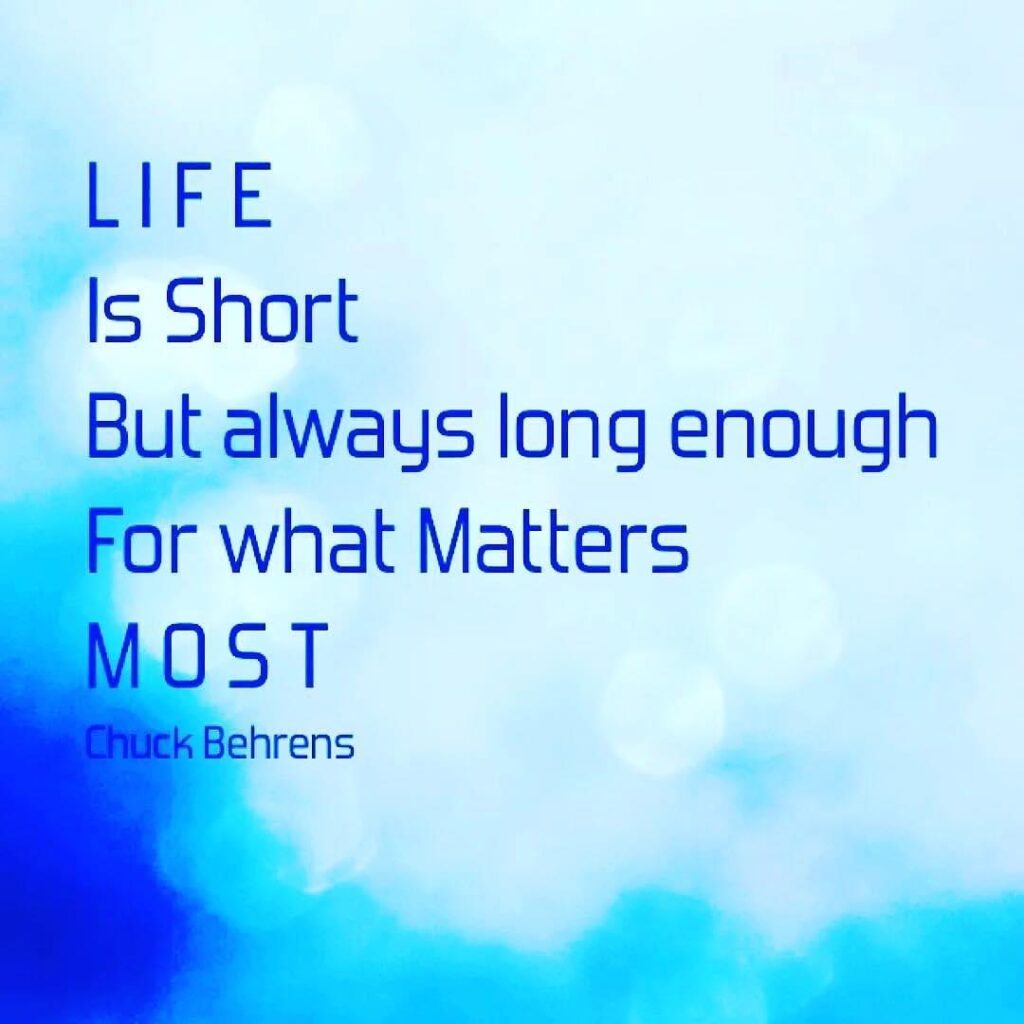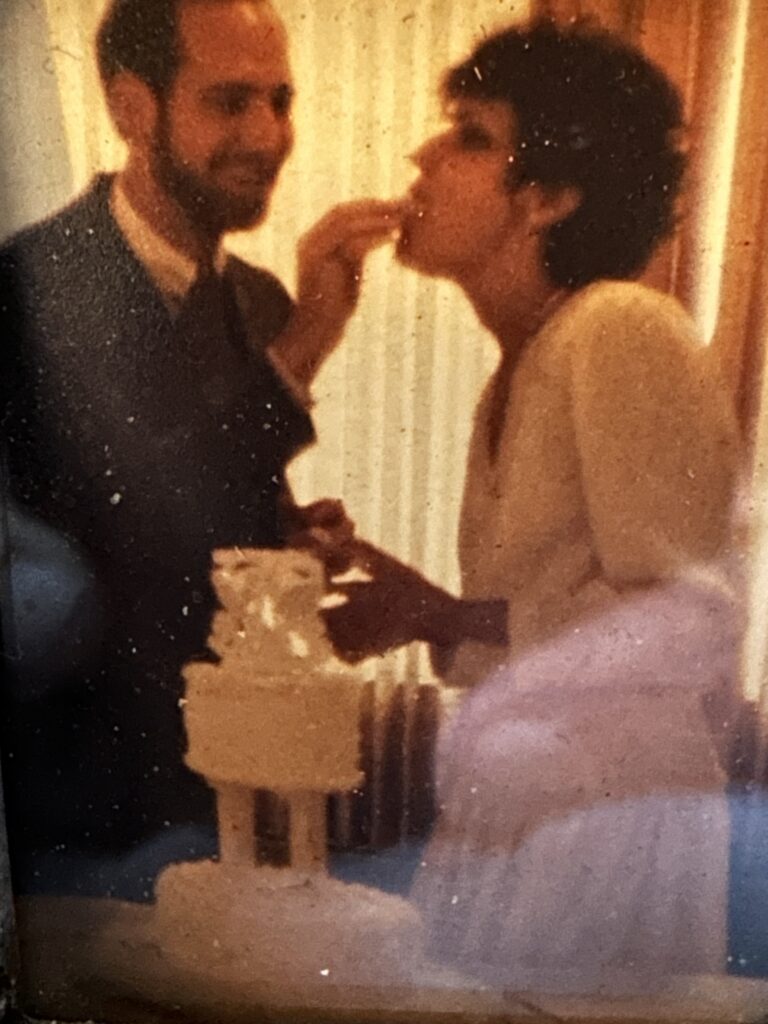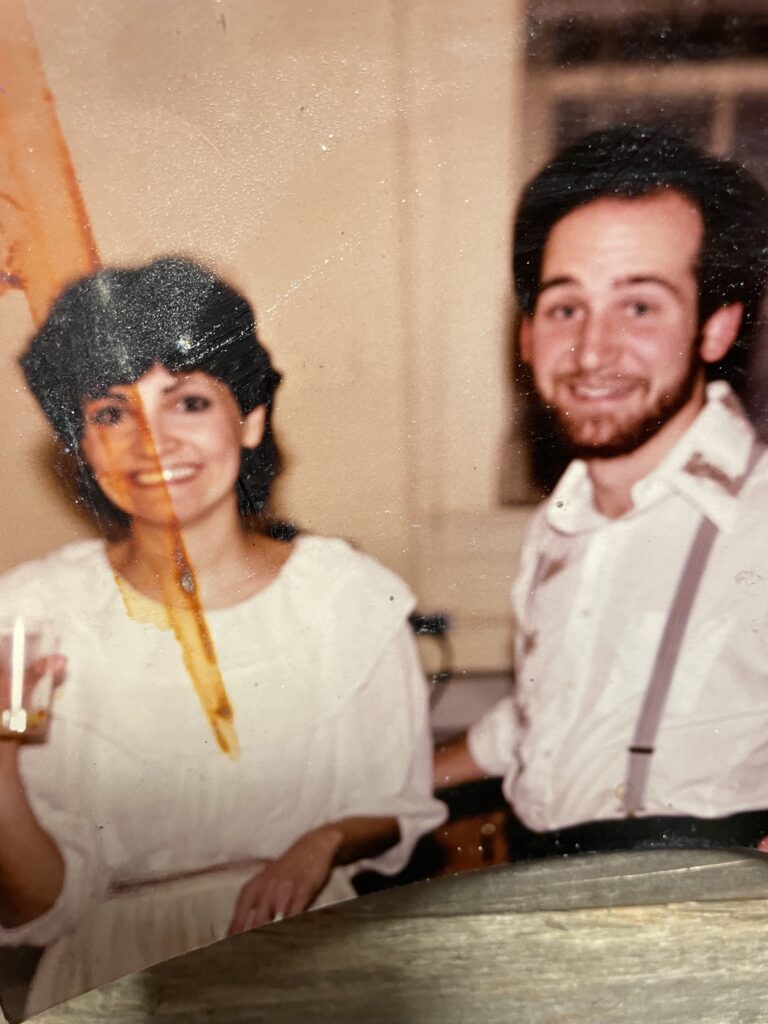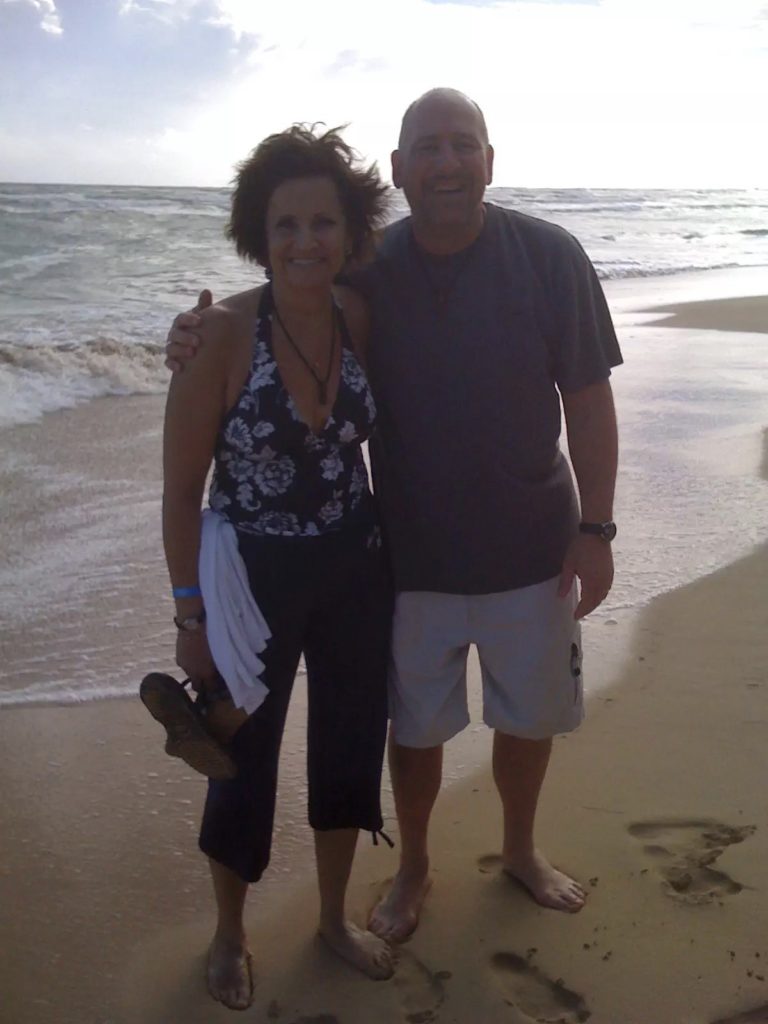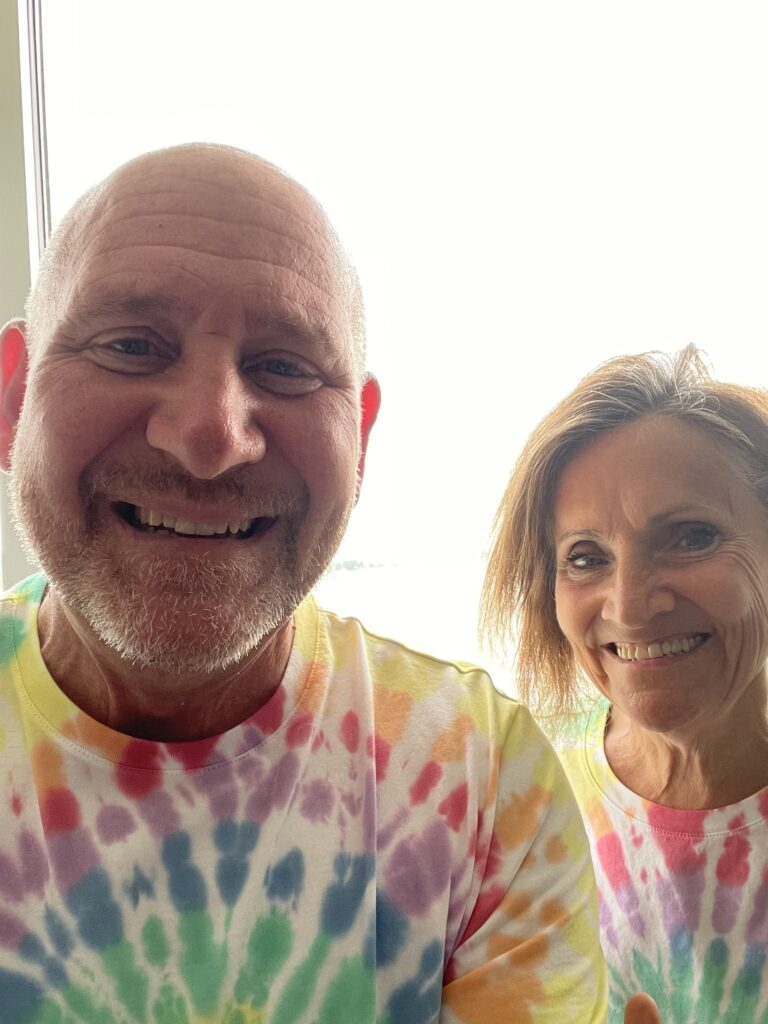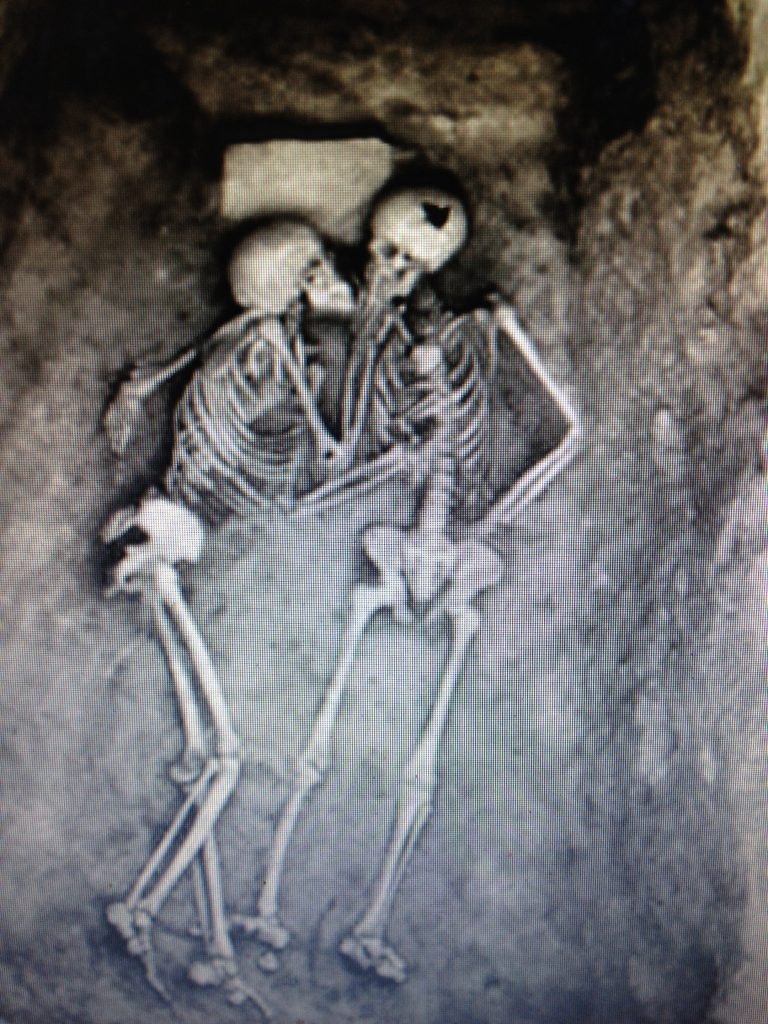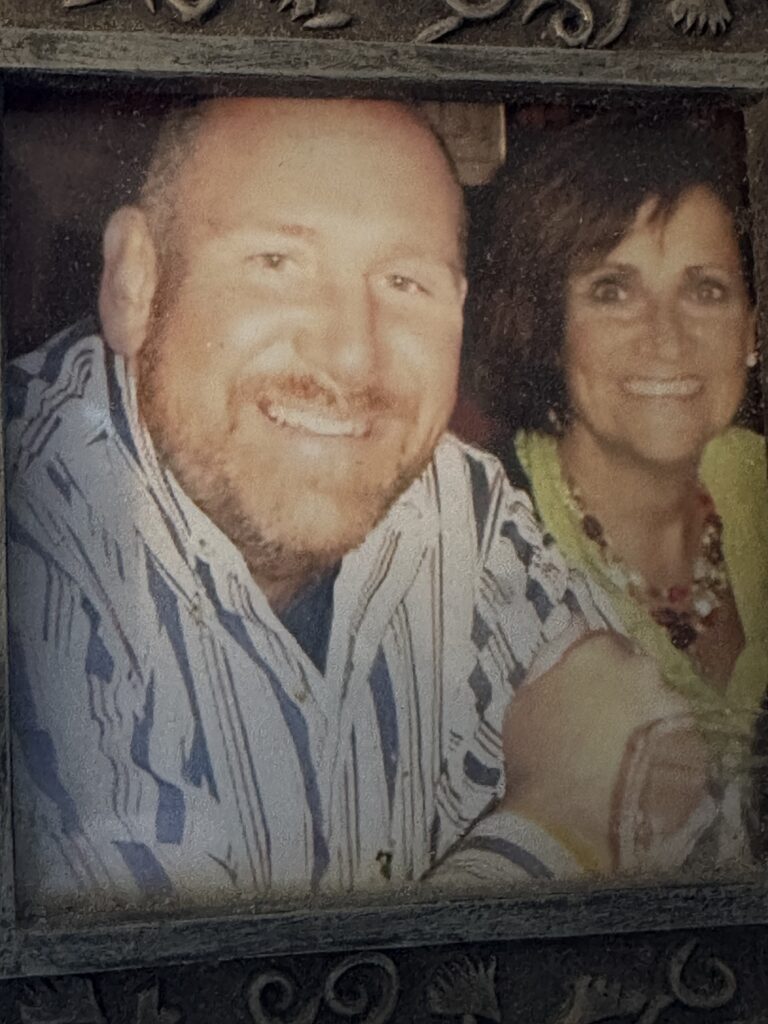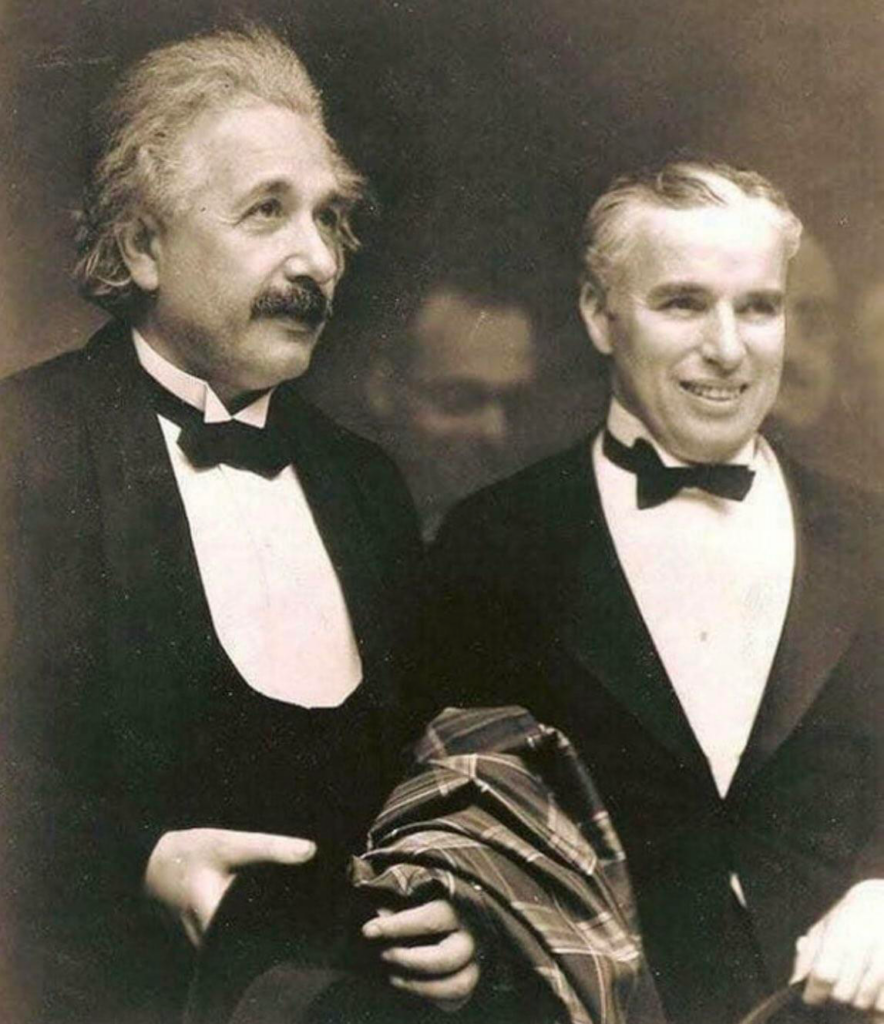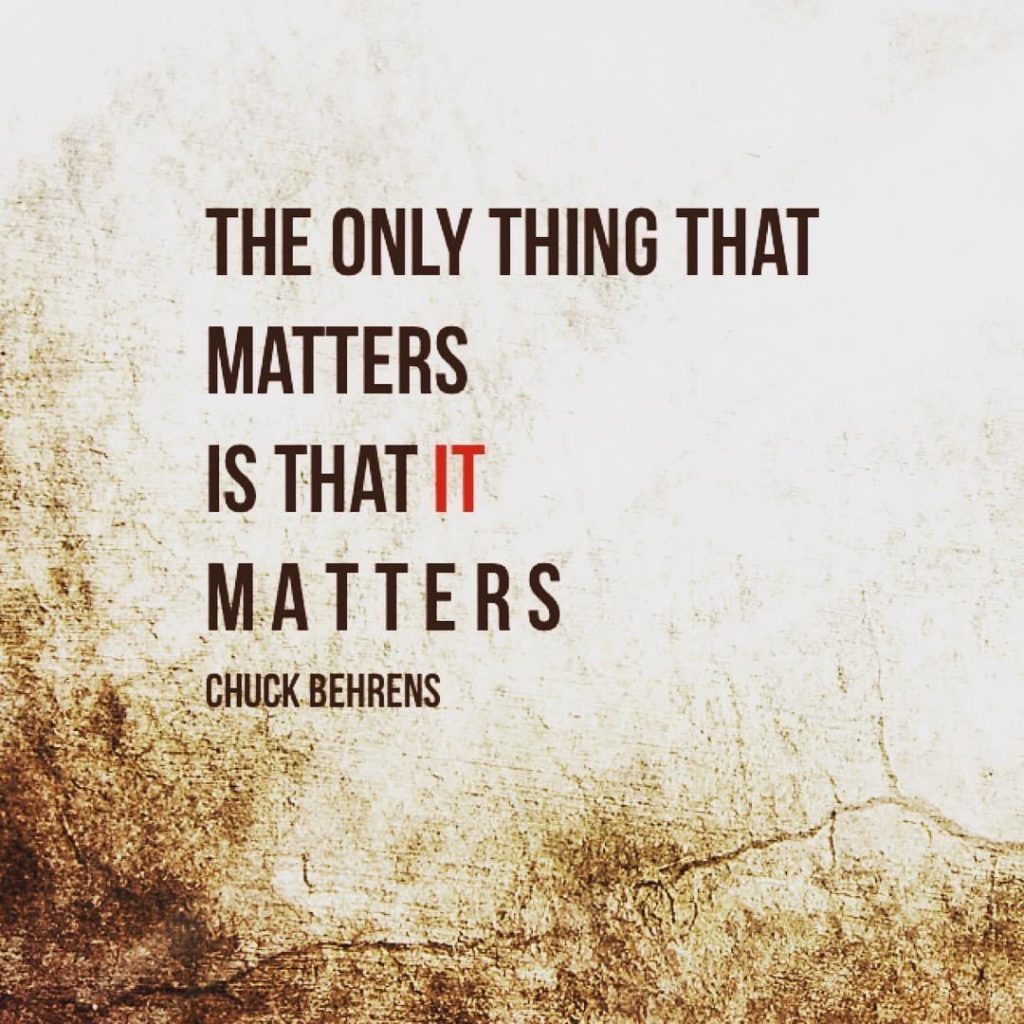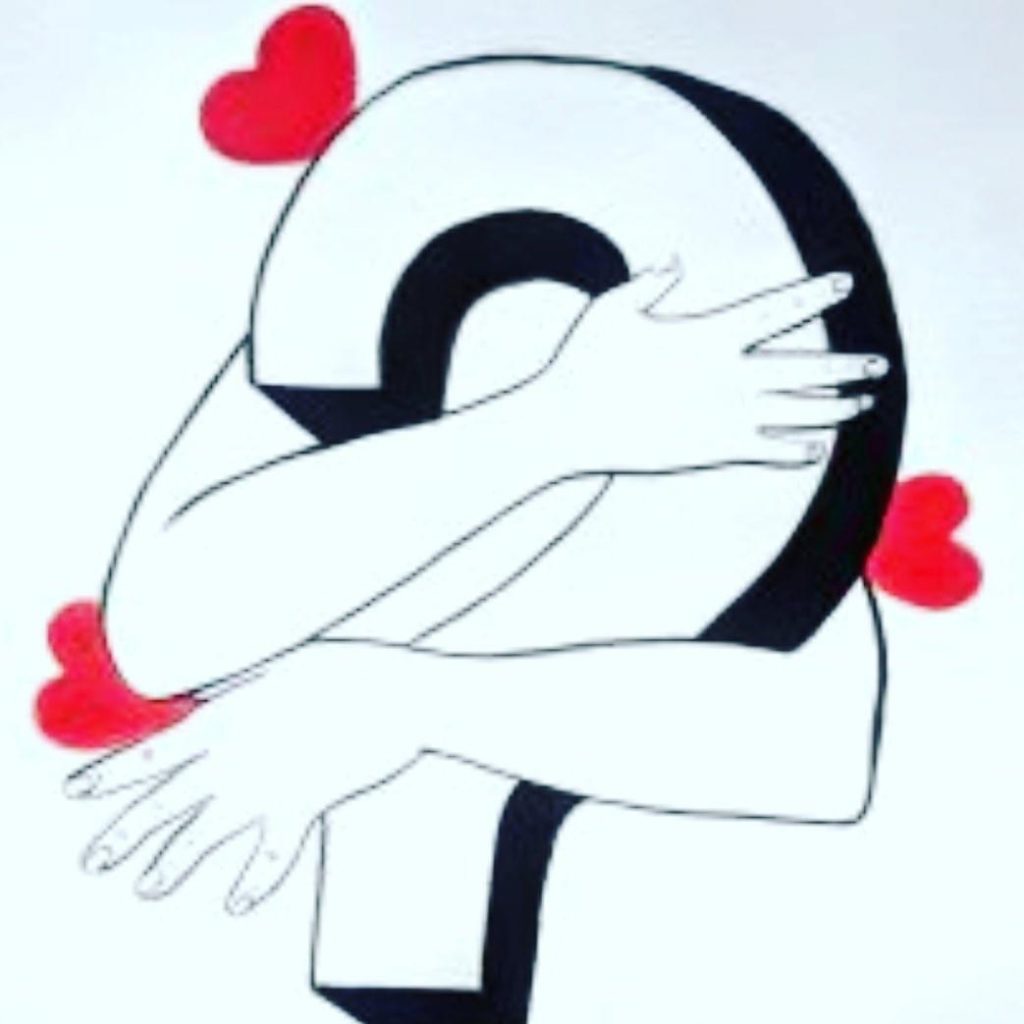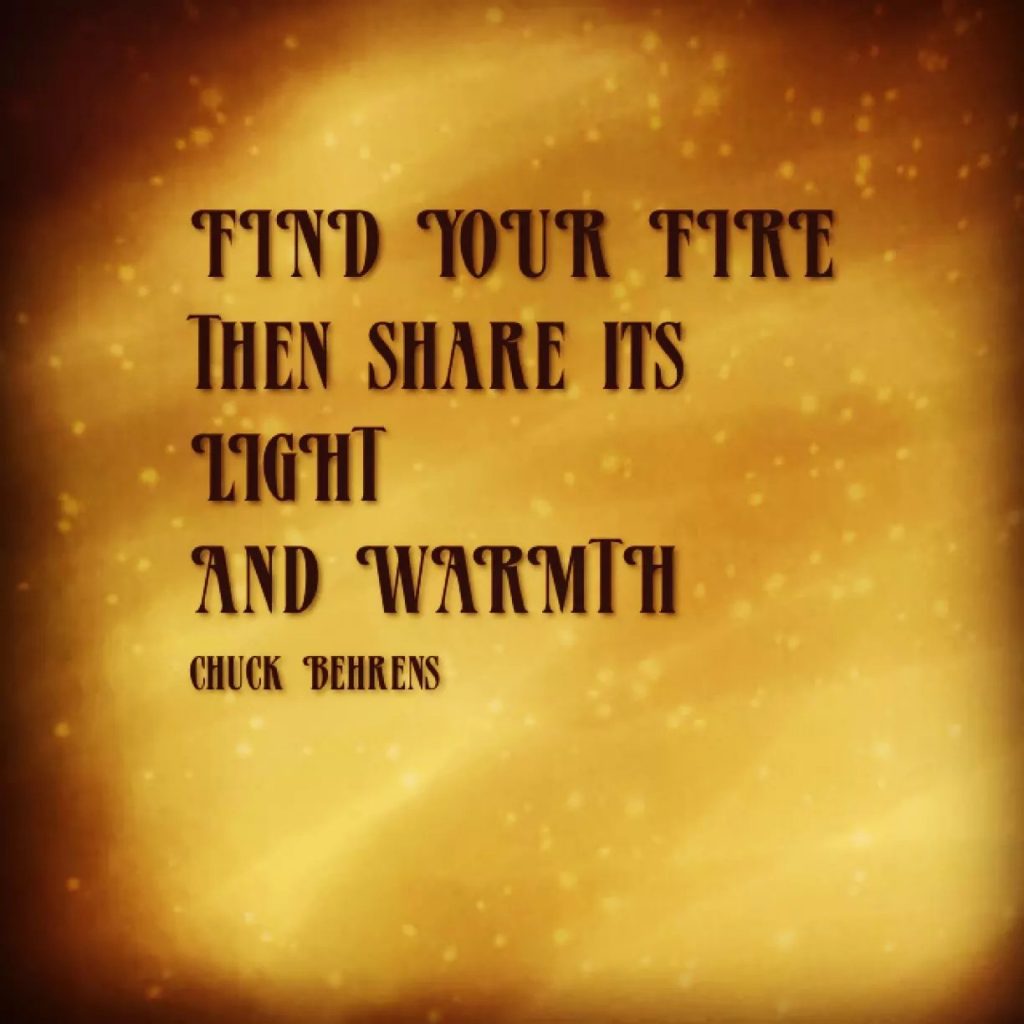John D. Rockefeller, the founder of the Standard Oil Company, the first billionaire of the United States of America and once the richest man on Earth was asked by a reporter, “How much money is enough?” He calmly replied, “Just a little bit more”
Is John D. right? Is JUST A LITTLE BIT MORE, really enough or is there ever an ENOUGH-NESS that’ll satisfy. . .When Rockefeller was asked this question he had a net worth of about 1% of the entire US economy. He owned 90% of all the oil and gas industry of his time. Compared to today’s rich guys, Rockefeller makes Bill Gates, Jeff Besos, Elon Musk and Warren Buffet look like paupers; and yet he wanted
“JUST A LITTLE MORE.”
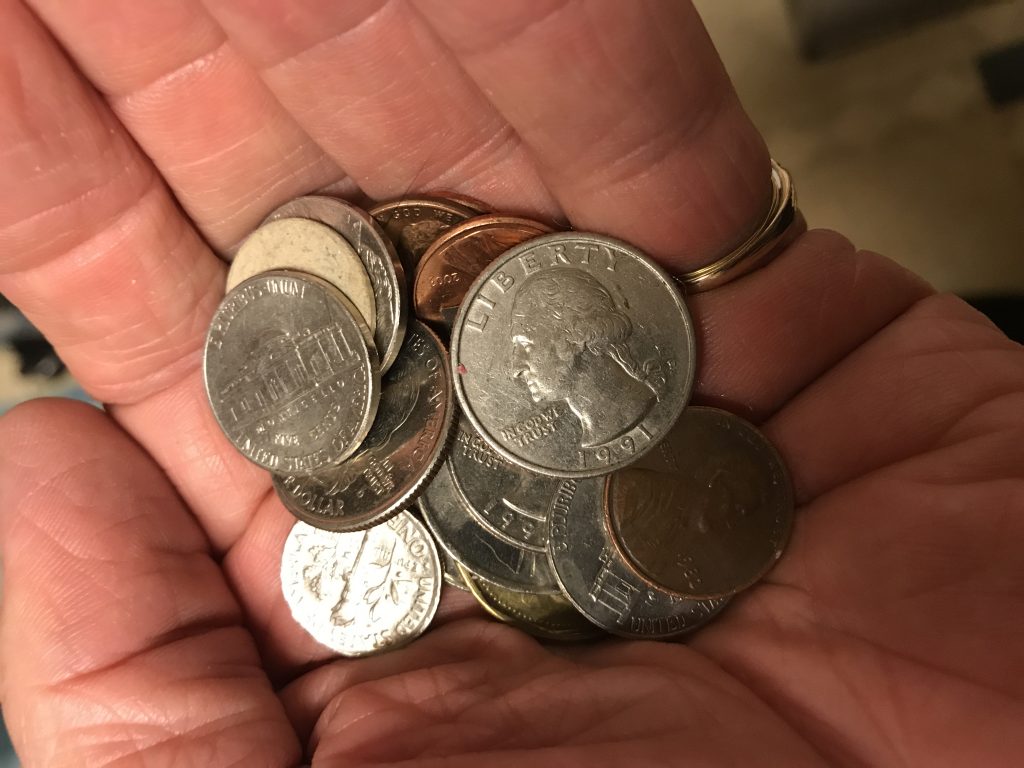 Maybe before we can know how much is ENOUGH, we’ve got to define
Maybe before we can know how much is ENOUGH, we’ve got to define
E N O U G H
. . .and dare consider
ENOUGH
is more than just an amount
(but also an attitude)
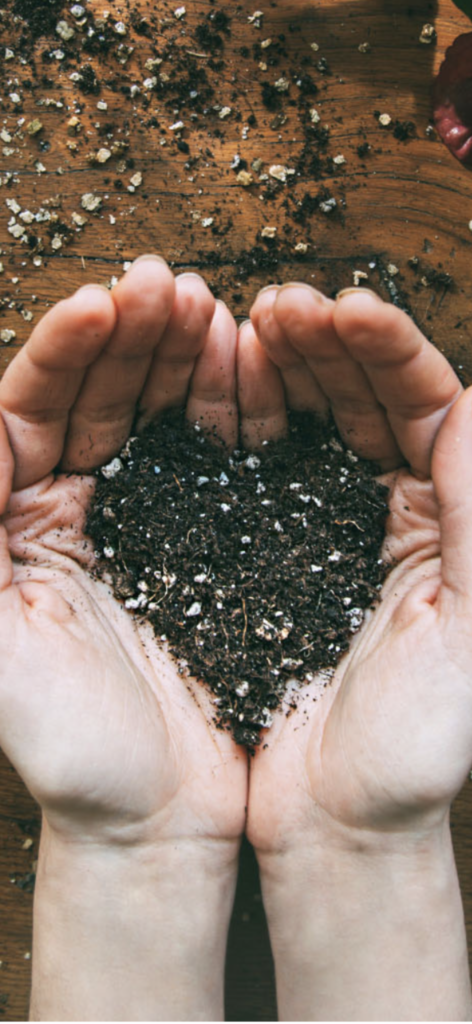 MUCH-NESS
MUCH-NESS
HOW MUCH
is never a question
to be Asked
yet is always Answered
HOW MUCH
isn’t found in an
Enough-ness
Much-ness
is daring to Give
a More-ness
than you can expect
to ever receive in a
Getting-ness
MUCH-NESS
is when a
Giving-ness
means so much more
than a piddle Getting-ness
MUCH-NESS
takes on an unimaginable hue
that can’t be found
on a painter’s palate
but always at the end
of your Soul’s brush
waiting to paint anew
the landscape scene
that completes us all
as it becomes a
Giving-ness
eclipsing the horizon of any
Getting-nesses
. . .S O M E T I M E S
the shiny empty plate
waiting to be
SHARED
more than
PASSED
is all the
ENOUGH-NESS
necessary
I F
it’s indeed more than a
passing partaking. . .
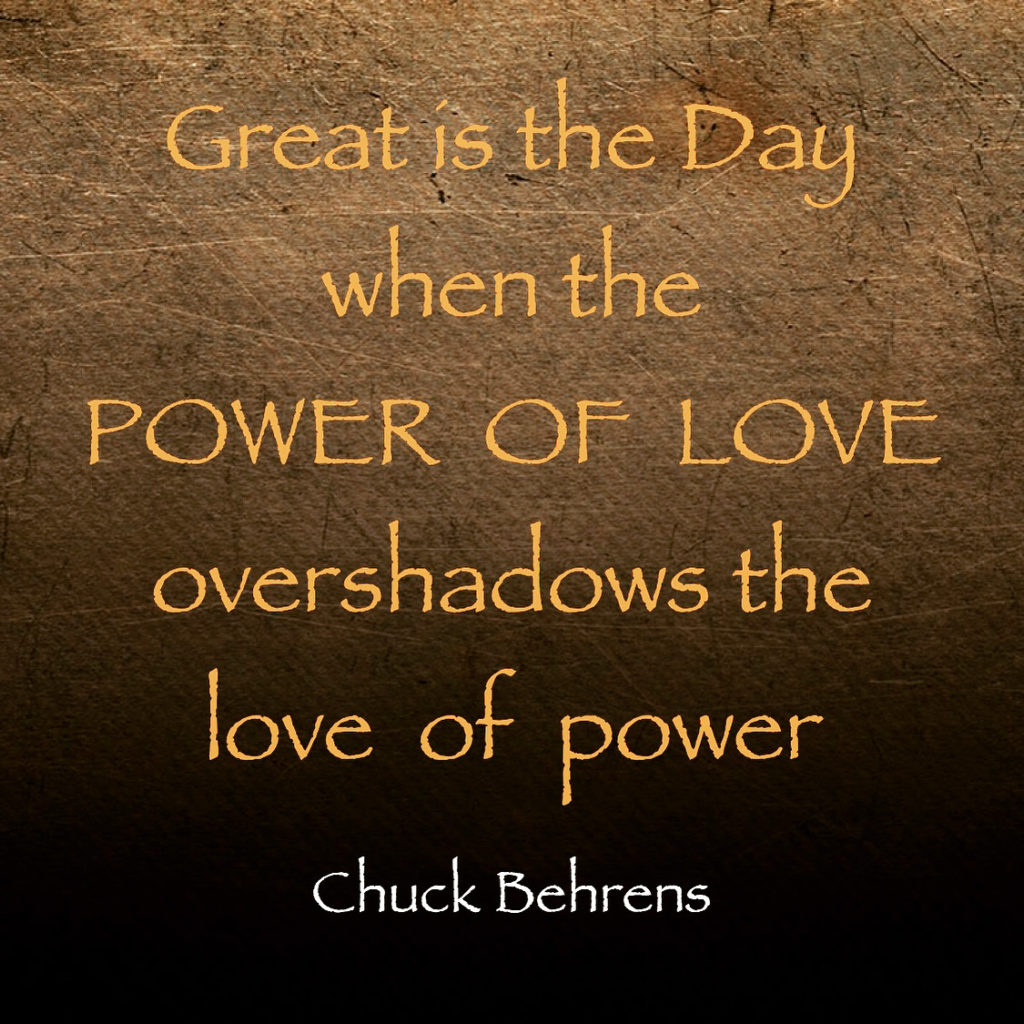 May your ENOUGH-NESS be Another’s as well. . .
May your ENOUGH-NESS be Another’s as well. . .


